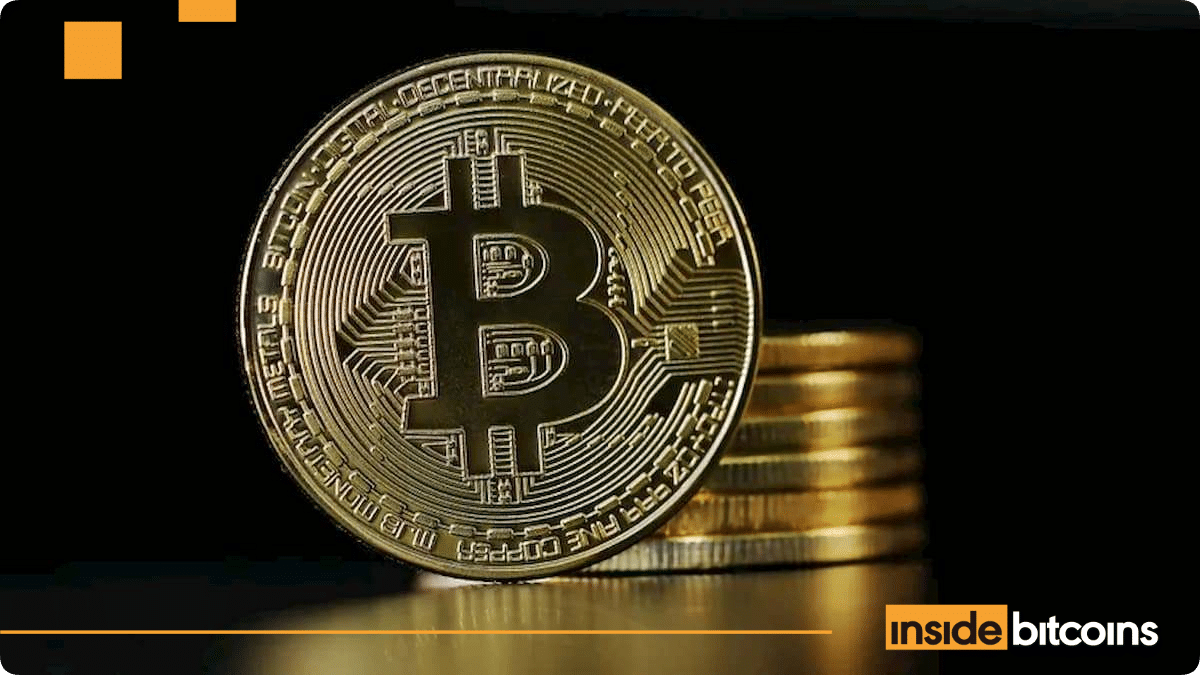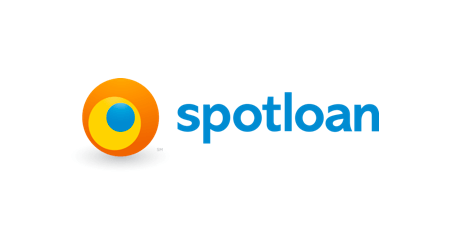Ethereum Foundation Launches “Ethereum for Institutions” Website, as Consensys Gears Up for IPO


The Ethereum Foundation (EF) unveiled a new dedicated website called Ethereum for Institutions http://institutions.ethereum.org/.
Developed by EF’s Enterprise Acceleration team, this portal serves as a comprehensive resource to guide banks, asset managers, fintech companies, and other institutions in adopting Ethereum for applications like tokenization, settlement, payments, and DeFi integration.
The launch underscores Ethereum’s push to become the foundational layer for on-chain global finance, addressing past criticisms that EF hadn’t done enough to court institutional players compared to rivals like Solana or Polygon.
Register for Tekedia Mini-MBA edition 19 (Feb 9 – May 2, 2026): big discounts for early bird.
Tekedia AI in Business Masterclass opens registrations.
Join Tekedia Capital Syndicate and co-invest in great global startups.
Register for Tekedia AI Lab: From Technical Design to Deployment (begins Nov 15th).
The site acts as a “living resource” that’s designed to evolve, providing: Clear Onboarding Pathways: Step-by-step guidance for businesses transitioning from traditional finance (TradFi) to Ethereum, covering the full infrastructure stack—from the secure base layer backed by over 1.1 million validators with a decade of uninterrupted uptime to Layer 2 (L2) scaling solutions.
Highlights of successful projects across privacy tools (e.g., zero-knowledge proofs via Aztec Network, RAILGUN, and Zama), DeFi primitives, L2 rollups (e.g., Arbitrum, Optimism, zkSync), and real-world assets (RWAs). Ethereum currently dominates with 67% of global DeFi TVL and 75% of RWA markets.
Live Data and Insights: Real-time ecosystem metrics, sector overviews (e.g., digital assets, stablecoins), and a library of research reports, news, and case studies featuring partners like BlackRock, Visa, Coinbase, and eToro.
Scalability and Compliance Focus: Emphasizes low-cost L2 networks with over $50 billion in TVL, enabling sub-cent fees and privacy tech like fully homomorphic encryption (FHE) and trusted execution environments (TEEs) to meet regulatory needs without compromising transparency.

Zero-knowledge proofs allow one party (the prover) to convince another (the verifier) that a statement is true — without revealing any underlying data.
On Ethereum, ZKPs are the cornerstone of privacy, scalability, and institutional-grade compliance. The ZK TrilemmaA valid ZKP must satisfy three properties.
If the statement is true, an honest prover convinces the verifier. Ensures correct claims (e.g., “I own $10M in tokenized bonds”). If false, no dishonest prover can fool the verifier except with negligible probability. Prevents fraud in financial systems

Verifier learns nothing beyond the statement’s truth. Protects trade secrets, user PII, and proprietary strategies. zk-SNARKs: Require a one-time “ceremony” (e.g., Zcash’s Powers of Tau).
According to Vitalik Buterin, ZK is the final form of blockchain scalability and privacy.”. Recursive Proofs ? Aggregate 1M txs into one proof. zkVMs ? Run any EVM code in ZK (zkSync, Polygon Miden). zkTLS ? Prove web data (e.g., bank statements) on-chain, Institutional Oracles ? Private data feeds (Chainlink + ZK)
How to integrate ZK into a TradFi workflow EF’s announcement on X framed it as a call to action: “Ethereum is the neutral, secure base layer where the world’s financial value is coming onchain. Today, we’re launching a new site for the builders, leaders, and institutions advancing this global movement.”
This initiative signals a strategic pivot for Ethereum toward enterprise-grade adoption amid Wall Street’s growing crypto interest via ETFs and tokenized assets. It positions Ethereum not just as a retail blockchain for NFTs or memes, but as programmable infrastructure for institutional workflows.
Early reactions on X highlight excitement around TradFi integration, with posts noting Ethereum’s undervalued potential in DeFi and RWAs.
Consensys Gears Up for IPO
Consensys, the blockchain software firm founded by Ethereum co-founder Joseph Lubin in 2014 and best known as the creator of the MetaMask wallet, is preparing for an initial public offering (IPO).
The company has enlisted Wall Street heavyweights JPMorgan Chase and Goldman Sachs to lead the process, including underwriting, pricing, and investor outreach.
This move positions Consensys among a surge of crypto-native companies going public, capitalizing on a more favorable regulatory environment and market enthusiasm for blockchain infrastructure.
The news broke on October 29, 2025, via Axios, with multiple outlets confirming the hiring of banks. As early as late 2025 or 2026, though exact timing, valuation, and size remain undisclosed.
A Consensys spokesperson told Decrypt, “While we continuously evaluate strategic options for growth, we have nothing to announce at this time.” This would mark one of the largest Ethereum-focused listings to date, following successful debuts like Circle USDC issuer, ~$6.9B valuation in June 2025 and Bullish.
The crypto market’s rebound, bolstered by a pro-crypto U.S. administration under President Trump, has made public markets more receptive to digital asset firms. Consensys last raised $450 million in 2022 at a $7 billion valuation, but has since navigated regulatory challenges.
A pivotal win came in February 2025 when the SEC dismissed its lawsuit over MetaMask’s staking features, removing a major barrier to going public. The firm’s ecosystem extends beyond MetaMask used by millions for DeFi, token trading, and dApp interactions: Infura: A key Ethereum node infrastructure service for developers.
Linea: An Ethereum Layer 2 scaling network. SharpLink: An Ethereum treasury management platform. Recent expansions include MetaMask’s upcoming MASK token launch announced last month by Lubin, a $30 million on-chain rewards program, and perpetual futures trading features—moves aimed at boosting user engagement and revenue ahead of the IPO.
$MASK remains pre-launch, with no exact date announced, but Lubin stated in a September 2025 interview that it could arrive “sooner than most people anticipate” in Q4 2025 or early 2026.
This timing aligns with ConsenSys’ IPO preparations, raising questions about revenue sharing between equity holders and token communities. MetaMask, with over 30 million monthly active users, is evolving from a simple Ethereum wallet into a full Web3 super-app, incorporating swaps, perpetual futures trading bridging, and a new debit card.
The $MASK token will integrate directly into the wallet for announcements and claims to combat phishing scams, as emphasized by co-founder Dan Finlay.
$MASK is designed to decentralize MetaMask’s governance and reward user engagement, mirroring the community-focused model of ConsenSys’ Linea L2 token where 85% went to developers, liquidity providers, and incentives.
The token will likely be an ERC-20 standard on Ethereum, given MetaMask’s EVM focus, with potential multichain support via new features like unified accounts for ETH, SOL, and BTC.
No full tokenomics, total supply, vesting have been disclosed, but distribution will prioritize long-term users over “airdrop farmers” via a points-based system. The newly launched MetaMask Rewards program serves as the precursor.
With MetaMask’s $30M+ revenue and 400K+ developers, $MASK could drive Ethereum adoption but faces volatility risks. Monitor the in-wallet Rewards tab for updates—points earned now will likely convert to $MASK allocations.
Consensys MetaMask parent company files for IPO after launching its rewards program. How will they balance an IPO with a potential token launch?” “$LINEA -> $MASK -> Consensys IPO. What do we call this type of progression?
Broader debates on token-equity tensions: “Will revenue from MetaMask be directed towards the $MASK token or kept by Consensys?”. Overall, this IPO signals growing mainstream validation for Ethereum’s builder economy.
But it also underscores ongoing tensions between centralized growth and decentralized principles in crypto. As details emerge, it could set a benchmark for other Web3 firms eyeing public markets.





